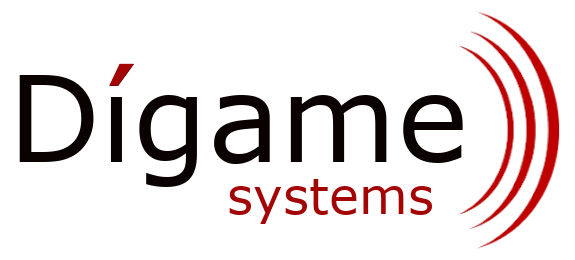Hardware is going away!
/At the end of May 2014, Scot Stelter published an article in RFID Journal, “RFID Stakeholders Need to Prepare for the Internet of Things”.
The “Internet of Things (IoT)” is a term that’s been floating around for over a decade. – I first heard it mentioned by Kevin Ashton at the MIT Auto-ID center – now EPC Global back in 2001. IoT covers a wide set of application areas, but basically centers on the vision of huge numbers of networked devices and sensors streaming information into the cloud. Once there, advanced analytic software mines that data for actionable information.
In his article, Scot notes that while the UHF RFID community has spent the last ten years developing standards and improving the technology for niche applications (the broadest of which being retail supply chain) the rest of the wireless world has been developing hardware, software and tools geared towards providing the general population with the benefits of the IoT.
His position is that ignoring this trend is dangerous. I totally agree.
For those in the IoT space, an RFID reader is just another IoT device responsible for collecting data from the “last meter”. If true, the UHF RFID industry will become a sub-set of the IoT space and by doing so soon find itself playing with the “big boys”.
The yearly investment in IoT dwarfs the entire RFID industry. (Google alone put an estimated $5 billion into IoT acquisitions last year.) How will current RFID companies fit into this world?
Scot suggests that RFID companies have to look at IoT trends and figure out how to live in a new environment. Some that he mentions, like the rise of Software-as-a-Service, I think RFID system integrators are incorporating now. Others, like the fact that there’s going to be tremendous downward pressure on hardware pricing, not so much…
<heresy>
If we get broad adoption, RFID readers are going to be essentially free.
Deal with it.
</heresy>
In a talk I heard some years back the technology forecaster Paul Saffo said: “Hardware is going away.” What he meant was as technology advances, hardware continues to get faster, cheaper and smaller and becomes less and less of what you are paying for — You aren’t paying for the thing, you’re paying for what it enables you todo.
I’m probably misquoting him, but he said something along the lines of “…one day, your connection to the Internet will be free and sitting on one of your freckles…” — This was back when cell phones still had antennas.
When’s that day? – I don’t know, but he proved to be correct in at least one sense: Since then, I’ve noticed that as a consumer, I’m often paying more for data and data services than I am for hardware.
- Internet Router? Free with my contract.
- Phone? Free with my contract.
- Kindle? $69. I’ve since ended up buying >200 Books on Amazon.
- DVD Player? Nope. Netflix subscription.
- CD Player? Nope. I buy ‘em in digital format from Amazon and often play them on my free phone…
Businesses are coming to expect the same thing. One of the biggest hurdles to sales for companies in the UHF RFID space is hardware infrastructure cost. The second, and this applies to NFC as well, is a general lack of a complete, turnkey solution to the customer’s problem that includes both hardware and software.
The path to success for most RFID companies will be to model themselves on data service providers rather than trying to make money selling gear. In a later post, I’ll talk about how we plan to do this at my new company, Dígame Systems.
My prediction is that in the next few years we’re going to see consolidation in the industry where hardware-only companies start to merge with data-services providers to offer a complete, end-to-end solution. Those that fail to do so will have a challenge ahead of them.
It will be interesting to watch.
I’d love to hear your thoughts.
John Price


